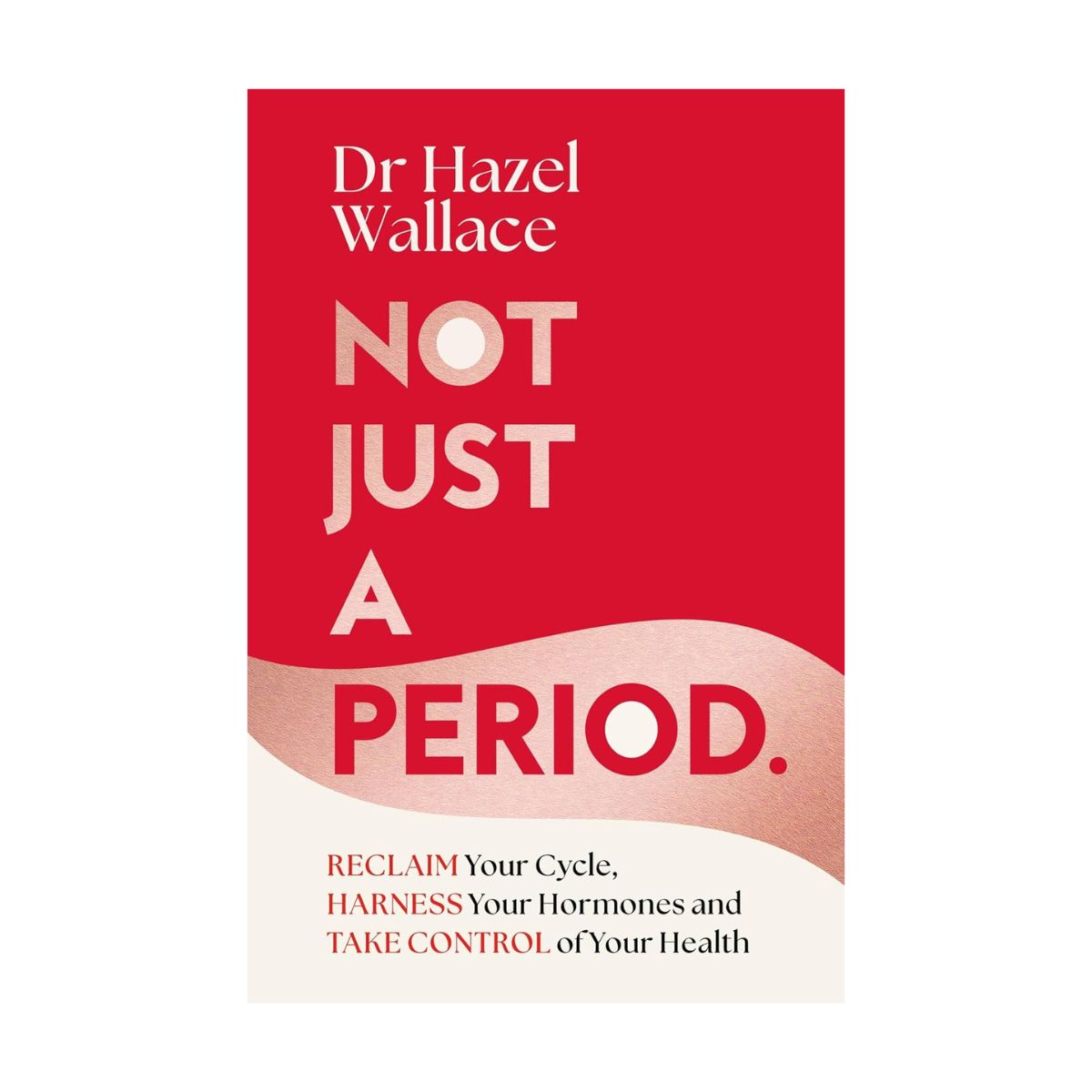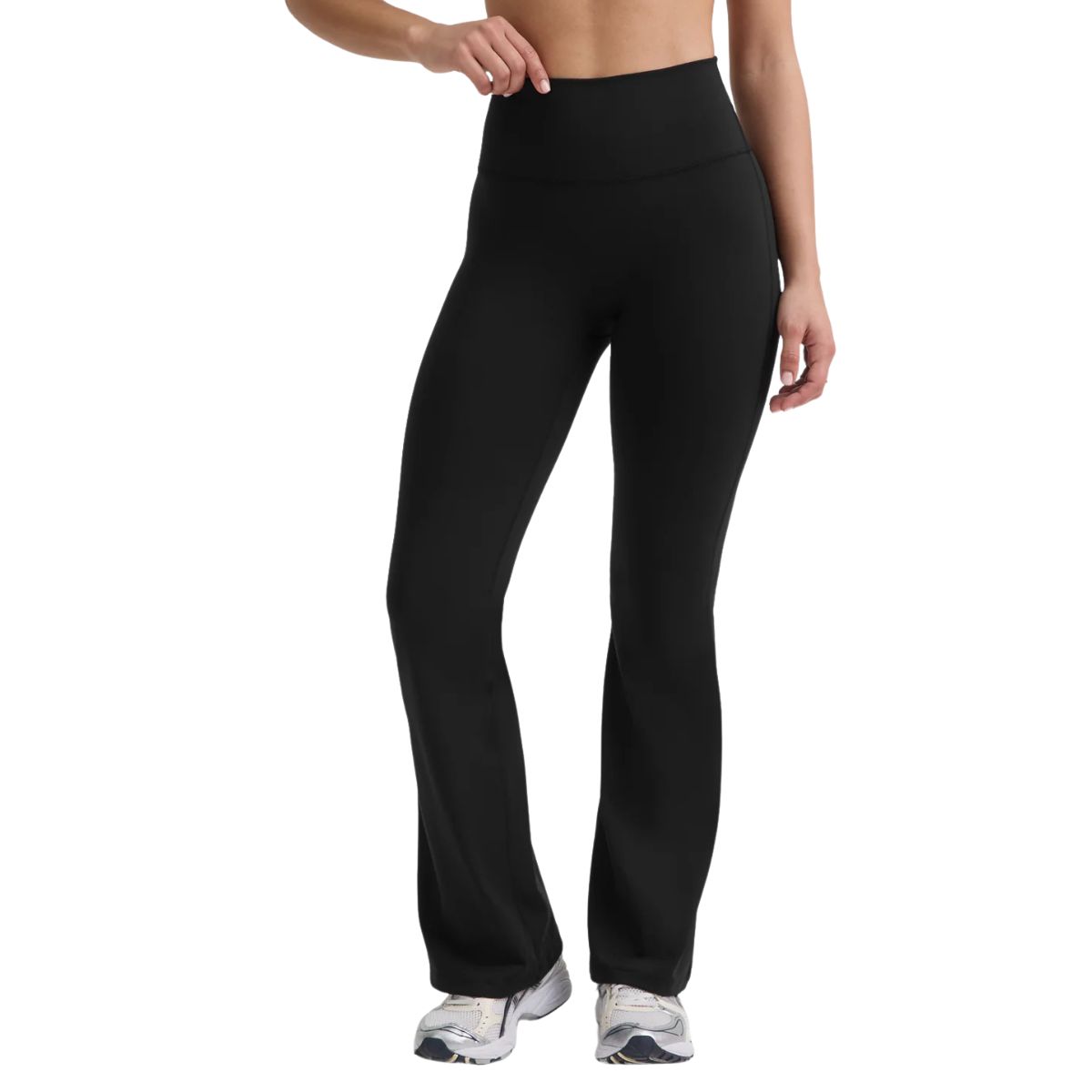I’ve Struggled With Debilitating Endometriosis Symptoms for Years – 7 Facts I Wish I’d Known Sooner
From diagnosis delays to misconceptions about fertility, here's what I've learnt living with endometriosis.


I started to process the waves of pain I was experiencing with diary entries - streams of words scribbled between agonising pulses.
It’s a strange thing to feel betrayed by your own body. To fear the pain, but fear people's disbelief even more. The pain hits first. Then the fear. And then the all-too-familiar thought - what if they don’t believe me again?
For nearly a decade, despite regular visits to my GP practice where I detailed the pain I was experiencing, no one seemed to listen. It took several years before anyone floated the term "endometriosis," a female health disease that affects around one in ten women worldwide. For context, that's roughly 450 million globally, and an estimated 1.5 million in the UK.
As Dr Raj Arora, a GP and women’s health specialist, explains, “Endometriosis is a chronic condition where tissue similar to the lining of the uterus grows outside it - most commonly in the pelvis, but sometimes on the bladder, bowel, or even nerves in the legs. These cells behave like those in the womb, thickening and bleeding each month, which can lead to inflammation, pain, and scarring.”
Despite it being actually quite a “common” chronic condition, diagnosis remains painfully slow. Recent data from Endometriosis UK shows the average wait time to be diagnosed has now reached eight years and ten months - the longest for any illness. And, despite being a condition that costs the UK economy more than £8.2 billion a year in healthcare, the women struggling with the disease are all too often left to slip through the cracks.
For many years, I was one of them. But eight years, six different hormonal pills, four operations, and the coil later, and I finally feel at one with this condition, and confident that I know how to tackle it, and most importantly, how to live with it.
I’ve also learned that I’m far from alone, and that understanding endometriosis starts with unlearning everything we’ve been taught to tolerate. Here’s what I wish I’d known from the start.
Celebrity news, beauty, fashion advice, and fascinating features, delivered straight to your inbox!
Keen to read more about endometriosis symptoms, endometriosis diagnosis, or how to adjust to living with endometriosis? Keep scrolling.
I’ve Long Struggled With Debilitating Endometriosis Symptoms – 7 Things I Wish I’d Known Sooner
1. Painful periods aren’t normal - full stop
For years, I wore my pain like a badge of honour. Doubled over in the bathroom, unwrapping my next heat pad, still turning up to work because that’s what I thought strong women did. Bad cramps felt like a tax on being a woman, something everyone warned me about, so I learned to accept them.
But the truth? Any pain that makes your vision blur and your body fold in two isn't normal.
Research from Vall d’Hebron University Hospital in Barcelona found that endometriosis pain causes measurable changes in the brain’s pain-processing pathways, proof that this isn’t “just bad period pain,” but a chronic, neurological condition that rewires how the body experiences pain.
“It’s one of the biggest misconceptions,” continues Dr Arora. “While mild discomfort can be normal, pain that stops you functioning, affects your ability to work, socialise, or prevents you from standing isn't something to normalise. Nothing about heavy bleeding, pain during sex, nausea, and pain outside of your menstrual cycle is normal.”
Generations of women have been taught to endure pain in silence, partly because severe period pain is still dismissed as routine. If there’s one thing I wish I’d known sooner, it’s that enduring agony isn’t strength. It’s silent. And it’s time we stopped mistaking one for the other.
A post shared by KAYLA ITSINES (@kayla_itsines)
A photo posted by on
2. Symptoms don’t play by the rules - your experience is valid
Ironically, there’s limited knowledge about endometriosis, yet endless noise around period pain and what women should expect. For as long as I can remember, I was told my pain was nothing out of the ordinary - just a simple part of womanhood, something to be endured.
We assume that because period pain is so universal, everyone’s endometriosis symptoms must also look the same. When mine didn’t match up to exactly what I’d read online, the intrusive thoughts began. "Maybe this is just what I have to live with?", I thought to myself. Or even worse - "Maybe I’m making it up in my head?".
“Symptoms can vary enormously,” explains Dr Arora. “Some experience severe period pain, others fatigue, digestive issues, or pain in the back or legs. There isn’t a universal pattern, and severity doesn’t always reflect the extent of the disease. Not all medical professionals are trained to recognise these symptoms, so don’t hesitate to ask for a referral to a women’s health specialist.”
It took me years to realise that pain doesn’t have to fit a pattern to be real. Endometriosis doesn’t follow the rules, and neither should the way we talk about it. Your symptoms are valid. Full stop.
Living with endometriosis can be difficult, but it is doable, and there is support out there for you.
3. Diagnosis delays aren’t your fault - but you can advocate for yourself
Before my diagnosis, I treated endometriosis like an exam with everything riding on it. I devoured research papers, watched every TED Talk, and covered every inch of Endo YouTube. Confidence and stubbornness became my tools. The better I could explain what was happening, the harder it was for the system to dismiss me. My first consultation taught me that if I wanted to be heard, I’d have to treat the appointment like an episode of Medical Mastermind.
One thing I wish I’d known sooner: you’re allowed to ask for a second opinion. I used this rule whenever advice contradicted my research. I once spent four hours in an appointment I’d waited a year for - exhausting, but empowering. It taught me the value of holding my own and trusting my instincts.
“You must become your own pain detective,” says Dr Olivia Ahn, doctor and co-founder of Fluus. “Given the long waits, meticulous data is your best tool. Track everything - pain, fatigue, triggers - and insist on a referral to an endometriosis specialist, not just a general gynaecologist. While you wait, be your own advocate: make health-first choices that reduce inflammation, from the products you use to the foods you eat. Education and self-advocacy go hand in hand.”
We can’t control the waiting lists, but we can control how we care for ourselves in the meantime. Knowledge isn’t just power, it’s protection. Keen to know how to advocate for female health conditions? Read our guide here.
A post shared by Sophie Richards (@sophie.richards)
A photo posted by on
4. There’s no one-size-fits-all treatment
I used to believe surgery was the only way forward - that once the tissue was removed, life would fall back into place. But the fact of the matter is, treatment for endometriosis isn’t linear. Sadly, there are no “fixes”; it’s about managing a chronic condition with patience in abundance and the right mix of tools.
“Physiotherapy helps you increase body awareness by looking at everything that can be affected - pelvic floor tension, bloating, bladder sensitivity, fatigue, or pain during sex,” explains Anna Wooley, physiotherapist and pelvic health specialist. “A big part of our role is listening. So many women don’t feel heard, but understanding your own body is powerful. When you know what makes symptoms better or worse, you can tailor your exercise, nutrition, and daily habits to support recovery. Don’t suffer in silence; there’s help out there.”
Claire Mills, founder of Core LDN and pelvic health specialist, adds: “Physiotherapy can reduce pelvic pain by easing muscle tension and improving mobility, but it’s most effective as part of a multidisciplinary approach - surgery, hormonal therapy, nutrition, and emotional support all play a role.”
If only I’d have known sooner, pelvic health, physiotherapy and physical movement aren’t niche fixes, but a foundation for long-term management.
5. Nutrition can be a game-changer
I was blissfully unaware of how much what I ate could influence my symptoms: the fatigue, the bloating, the brain fog. Like most, I used to treat nutrition as an afterthought, something totally unrelated to my diagnosis. But, with endometriosis, food can actually be one of the most powerful tools for managing inflammation, supporting hormones, and easing the daily discomfort.
Another thing I didn’t know: endometriosis isn’t just a reproductive condition, it’s deeply connected to the immune system, inflammation, and how our bodies metabolise hormones. As Hannah Alderson, registered nutritionist and hormone specialist, explains, “Endometriosis is an oestrogen-driven inflammatory condition, and what we eat can directly affect how much oestrogen circulates and how efficiently the body clears it. The goal nutritionally is to calm that cycle - lowering inflammation and supporting the body’s ability to metabolise and eliminate excess oestrogen.”
Her advice is refreshingly simple: eat anti-inflammatory fats like omega-3s from oily fish, flax, and chia seeds; fill your plate with cruciferous vegetables like broccoli, kale, and sprouts to support liver detoxification; and prioritise fibre and fermented food to keep your gut microbiome healthy - key for clearing excess oestrogen. Reducing ultra-processed foods, refined sugars, and trans fats can also quieten the inflammatory response that drives pain and fatigue.
Alderson adds, “It’s not about restriction, but nourishment - building every meal around protein, healthy fats and colourful fibre to stabilise energy and calm hormonal chaos.” She reminds us that nutrition sits within a wider lifestyle framework - stress, sleep, movement and all-around joy all influence hormone balance and symptom flares.
Research backs this up. A 2020 study linked Omega-3 intake to reduced endometriosis pain. Keen to read more? Our expert-led feature on the anti-inflammatory diet explores how small, sustainable changes can improve overall quality of life.
A post shared by Laura Ballantyne | The Fertility Dietitian (BHSc, MDiet) (@the.fertilitydietitian)
A photo posted by on
6. It’s a whole-body condition - not "just" a reproductive one
Before I bettered my understanding of the condition, I naively assumed endometriosis only affected periods and that the pain level was directly linked to my menstrual cycle. Now I know it can touch everything - digestion, energy, even breathing.
“Endometriosis is systemic,” says Dr Arora. “It can involve organs like the bladder, bowel, or even lungs. These cells can grow anywhere, and understanding it as a full-body condition changes how we treat it.” Research supports this: a 2021 review published by the National Library of Medicine described endometriosis as a systemic disease, noting it affects metabolism in the liver and adipose tissue, alters brain gene expression and leads to widespread inflammation
If I’d have known this sooner, I wouldn’t have treated each symptom in isolation. Digestive issues, chronic fatigue or shortness of breath weren’t separate problems; they were parts of the same story. Endometriosis doesn’t stop at the pelvis, so neither should the way we address it.
7. Mental health support is essential - and you’re not alone
There’s the pain, and then there’s the emotional toll. The guilt, frustration, and exhaustion of battling to be believed can weigh just as heavily as the physical symptoms. For years, I carried both, albeit not so silently, thinking that surviving the pain meant surviving everything else too.
“Chronic pain conditions affect the nervous system,” explains Dr Arora. “Over time, this can heighten anxiety, fatigue, and stress. Addressing mental health through therapy, mindfulness, or support groups can help calm that cycle and improve overall well-being.”
But what’s helped the most hasn’t been medical intervention; it’s been connection. Hearing other women say, "Yes, me too," has transformed isolation into solidarity. Communities such as Kuratd Studio and Endometriosis UK have provided me with a safe space to share experiences, exchange advice, and feel seen.
A post shared by Australian Endometriosis Foundation (@ausendofoundation)
A photo posted by on
Bottom line?
Endometriosis is a complex, highly unpredictable, and at times, unforgiving condition. But knowledge changes everything, and it turns our own doubts into self-advocacy and isolation into connection.
Healing isn’t linear, and it isn’t solitary. If I’d known all this sooner, maybe I’d have spent less time surviving it and more time living through it. Now, at least, I finally am.
Shop MC UK approved products now:

Dr Hazel Wallace is a wealth of knowledge when it comes to female health conditions. Her most recent book, Not Just A Period, is designed to arm anyone who bleeds on how to work with, not against, their cycle, and in turn, boost energy, mood, and quality of life.

Last but by no means least, TALA have just opened their second London store, selling sustainably produced active and athleisurewear. We're particularly big fans of these supportive and sweat-wicking flares, designed for Pilates, yoga, and low-impact sessions (or wearing to brunch).

Ellie-Mae is a freelance journalist specialising in women’s health, beauty and lifestyle, with bylines in The Guardian, The Evening Standard, Absolutely London and Living 360. A beauty writer by trade and enthusiastic product tester, she’s also an endometriosis and adenomyosis advocate, currently developing some exciting awareness projects. A proud advocate and delusional optimist, she’s making it her mission to turn whispered women’s health stories into bold, open conversations.
